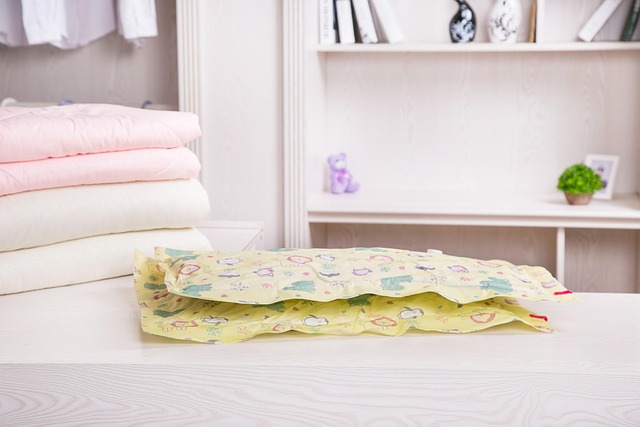Preparing bedding and blankets for compact off-season storage
Preparing bedding and blankets for off-season storage can save space and protect textiles from moisture, dust, and pests. Using compression techniques and airtight solutions helps reduce volume for closets or storage boxes, supports seasonal rotation, and keeps items ready for reuse. This short guide outlines practical packing, organization, and maintenance steps to extend longevity.

Storing bedding and blankets for the off-season requires more than folding and tucking them into a spare closet; it demands attention to textiles, moisture control, and organization to keep items fresh and usable. Proper preparation reduces stored volume through compression, prevents mold and pest damage, and makes seasonal rotation or moving easier. This article walks through cleaning, packing, and maintaining soft goods so they remain functional and ready when needed.
Why use compression for bedding?
Compression reduces the volume of bulky items like comforters and blankets, making them easier to fit into limited storage spaces. Mechanical compression—flattening and rolling—helps but sealed compression solutions can remove excess air and create compact packages suitable for shelves, under-bed storage, or travel trunks. When compressing, consider fabric type: down and delicate fibers require gentler handling to avoid crushing loft, while synthetic fills tolerate tighter packing. Aim for balance between space savings and preserving the functional structure of the textile for longevity and comfort.
How to prep textiles for off-season storage
Start by laundering or airing bedding and blankets so dirt, oils, and stains don’t set while stored. Ensure items are completely dry to avoid moisture build-up and mildew. Repair small tears or loose seams to prevent worsening during storage or moving. Use breathable fabric-safe cleaners and follow manufacturer care labels. For fragile or specialty textiles, wrap in acid-free tissue or cotton sheets to add a protective layer without trapping moisture. Label packed items with contents and the washing date to ease future maintenance.
Organizing and decluttering before packing
Decluttering first saves space and reduces unnecessary storage. Sort textiles into keep, donate, repair, and discard piles. Consider seasonal needs—store heavy blankets and duvet inserts while keeping a few lighter layers accessible. Group similar items (sheets with matching pillowcases, extra blankets by room) to streamline packing and retrieval. Use clear labeling and an inventory list for tubs or boxes so you can locate items quickly during seasonal swaps or when moving to a new residence.
Choosing airtight options to protect from moisture
Airtight storage helps limit exposure to humidity, dust, and pests. Options range from sealed plastic bins to specialized airtight bags with compression features. When using airtight methods, place desiccant packets or moisture absorbers inside to reduce residual dampness without exposing textiles to chemicals. Avoid long-term vacuum sealing for natural fibers prone to compression damage; instead, use breathable covers for wool or down and only apply tight compression for shorter periods. Proper airflow checks and occasional inspections will reduce moisture-related issues over time.
Maintenance, reuse, and sustainability considerations
Consider longevity and reuse when selecting storage methods. Repeated heavy compression can degrade loft and fiber structure, especially for down and some synthetics, so rotate items periodically and avoid indefinite crushing. Choose reusable storage solutions—durable boxes, cotton bags, or high-quality airtight options—that align with sustainability goals and reduce waste. Clean items before storing to prevent attracting pests, and perform gentle maintenance like fluffing and airing every few months if possible to maintain textiles’ condition and prolong useful life.
Tips for travel, moving, and compact storage solutions
For moving or travel, pack bedding in clearly labeled compression units or sturdy storage tubs to save space in vehicles or temporary storage. For travel specifically, lightweight compression methods can free luggage room, but balance compactness with easy access and protection from spills. When relocating, consolidate bedding into a few transport-friendly containers and secure them to avoid shifting. Consider local services for short-term climate-controlled storage in your area if home conditions are humid or limited. Small items like pillowcases and throws can be nested inside larger bundled items to maximize packing efficiency.
Storing bedding and blankets seasonally requires attention to cleaning, appropriate compression, and moisture control to preserve textiles’ appearance and function. Organize and declutter before packing, choose storage materials that match the fabric’s needs, and opt for reusable, sustainable solutions where possible. Regular checks and basic maintenance will help ensure your bedding remains ready for reuse and that storage does not shorten its useful life.





